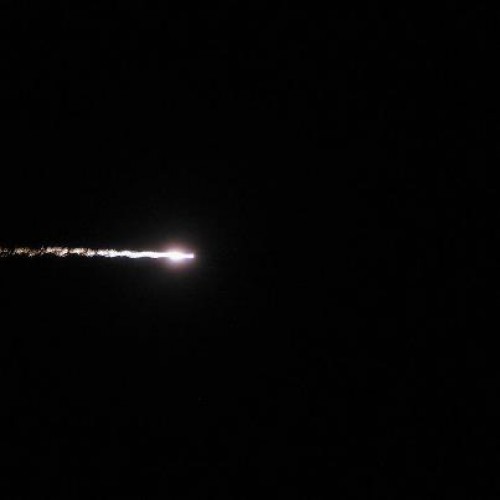Orionid Meteor Shower October 2012; Weekend Peak Sunday Before Dawn
The night sky is going to get a little brighter this week with the return of the Orionid meteor shower.
The annual event has star gazers anticipating to see the meteors appear near the Orion constellation.
Every October the Earth's orbit moves through a dust trail that's left by Halley's Comet that creates showers usually around 20 meteors per hour according to NASA.
Recent years have shown a drastic increase in the number of meteors seen during the shower.
"Since 2006, the Orionids have been one of the best showers of the year, with counts in some years up to 60 or more meteors per hour," said a statement by Bill Cooke from NASA's Meteoroid Environment Office.
The peak of the shower is supposed to be on Sunday morning a few hours before the break of dawn. Viewers won't need telescopes to see the show as all they'll have to do is go out and look up toward the sky.
Some residents in California have already been able to see parts of the night sky display. The Contra Costa Times reported that on Oct. 17 in the San Francisco Bay Area residents could see bright lights and hear loud booming sounds.
According to MarketWatch, Columbia University Astronomy Professor Joe Patterson says the Orionid meteor shower will be best viewed with clear skies and away from bright city lights.
"Looking south, that's where you'll see it," said Patterson, "but you'll have to get away from city lights. The phase of the moon will be favorable as well with nearly no light coming from it."
People interested in learning more about the event can go to NASA's website which will have a live web chat with astronomer Mitzi Adams on Saturday from 11 p.m. to 3 a.m. ET.







